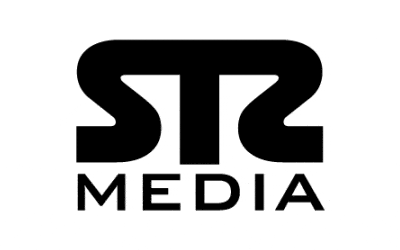Why have a Marketing Plan?
Whether you are just starting your business or thinking about growing your operations, a good marketing plan includes everything from identifying your target customers to how you will reach them to how you will create repeat buyers. Your marketing plan is the roadmap you will use to get unlimited customer loyalty and improve the success of your organization.
Elements of a Marketing Plan
A marketing plan will typically include the following elements:
Marketing objectives of the business: The objectives should be attainable and measurable – two goals associated with SMART, which stands for Specific, Measurable, Attainable, Relevant, and Time-bound.
Current business marketing positioning: An analysis of the current state of the organization concerning its marketing positioning.
Market research: Detailed research about current market trends, customer needs, industry sales volumes, and expected direction.
Outline of the business target market: Business target market demographics.
Marketing activities: A list of any actions concerning marketing goals that are scheduled for the period and the indicated timelines.
Key performance indicators (KPIs) to be tracked
Marketing mix: A combination of factors that may influence customers to purchase products. It should be appropriate for the organization and will largely be centered on the 4Ps of marketing – i.e., product, price, promotion, and place.
Competition: Identify the organization’s competitors and their strategies, along with ways to counter competition and gain market share.
Marketing strategies: The development of marketing strategies to be employed in the coming period. These strategies will include promotional strategies, advertising, and other marketing tools at the disposal of the organization.
Marketing budget: A detailed outline of the organization’s allocation of financial resources to marketing activities. The activities will need to be carried out within the marketing budget.
Monitoring and performance mechanism: A plan should be in place to identify if the marketing tools in place are bearing fruit or need to be revised based on the past, current, and expected future state of the organization, industry, and the overall business environment.
A marketing plan should observe the 80:20 rule – i.e., for maximum impact, it should focus on the 20% of products and services that account for 80% of volumes and the 20% of customers that bring in 80% of revenue.
Purpose of a Marketing Plan
The purpose of a marketing plan includes the following:
- To clearly define the marketing objectives of the business that align with the corporate mission and vision of the organization.
- The marketing objectives indicate where the organization wishes to be at any specific period in the future.
- The marketing plan usually assists in the growth of the business by stating appropriate marketing strategies, such as plans for increasing the customer base.
- State and review the marketing mix in terms of the 8Ps of marketing – Product, Price, Place, Promotion, People, Process, Physical Evidence, and Performance.
- Strategies to increase market share, enter new niche markets, and increase brand awareness are also encompassed within the marketing plan.
- The marketing plan will contain a detailed budget for the funds and resources required to carry out activities indicated in the marketing plan.
- The assignment of tasks and responsibilities of marketing activities is well enunciated in the marketing plan.
- The identification of business opportunities and any strategies crafted to exploit them is important.
- A marketing plan fosters the review and analysis of the marketing environment, which entails market research, customer needs assessment, competitor analysis, PEST analysis (political, economic, social and technological) , studying new business trends, and continuous environmental scanning.
- A marketing plan integrates business functions to operate with consistency – notably sales, production, finance, human resources, and marketing.
Structure of a Marketing Plan
The structure of a marketing plan can include the following sections:
Marketing Plan Objectives
This section outlines the expected outcome of the marketing plan with clear, concise, realistic, and attainable objectives. It contains specific targets and time frames.
Metrics, such as target market share, the target number of customers to be attained, penetration rate, usage rate, sales volumes targeted, etc. should be used.
Market Research – Market Analysis/Consumer Analysis
Market analysis includes topics such as market definition, market size, industry structure, market share and trends, and competitor analysis. Consumer analysis includes the target market demographics and what influences their buying decisions – e.g., loyalty, motivation, and expectations.
Target Market
This defines the target customers by their demographic profile, such as gender, race, age, and psycho graphic profile, such as their interests. This will assist in the correct marketing mix for the target market segments.





